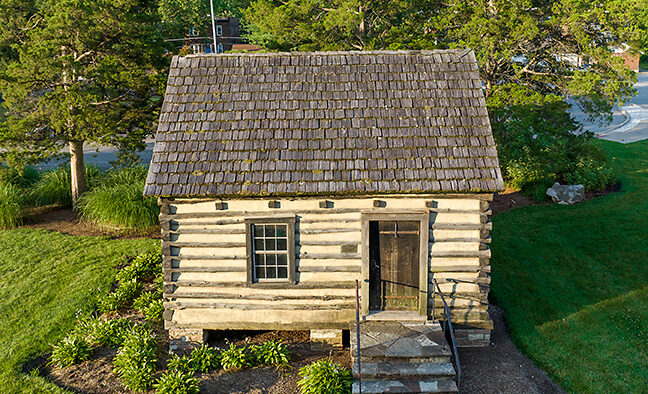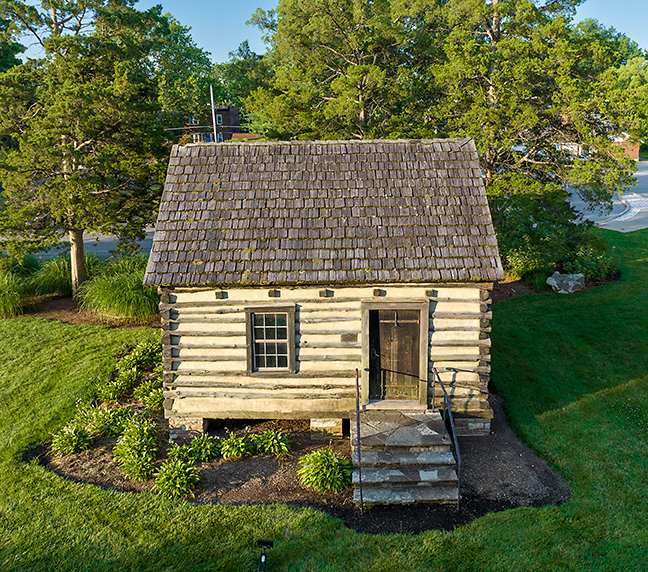How Early Lutheran Settlers Focused on Pastoral Formation and Christian Education
Share


Just as The Lutheran Church—Missouri Synod (LCMS) is focused on identifying and training the next generation of church workers through the Set Apart to Serve initiative, so too did the first Lutheran settlers from Germany. They placed importance on education and especially Christian-based education.
Yes, many early Lutheran pastors came from Germany or started their training in Germany before coming to America, but it wasn’t quite enough.
“There was nearly always a shortage of church workers,” said Rev. Gerhard Bode, seminary archivist, associate professor of Historical Theology and chairman of the Department of Historical Theology at Concordia Seminary in St. Louis, Mo. “The solution was to start colleges and seminaries in the U.S. to start training pastors and teachers for service here.”
According to Rev. Dr. Daniel Harmelink, executive director of the Concordia Historical Institute, many LCMS congregations actually built a school before erecting a church building.
“For the Saxons, as educated city-folk, education was a big emphasis,” Harmelink said. “Even on the ships coming over they continued to have classes for the children. Early on they built the log cabin, one-room schoolhouse and started teaching. That was the beginning of Concordia Seminary! And it wasn’t just an education for getting a good job, but also training boys to be pastors.”
This priority—providing highly trained pastors and well-educated laity—continues today.
According to an LCMS School Ministry report on the 2020–2021 school term, there were 828 LCMS elementary schools teaching nearly 63,000 students and more than 1,700 early childhood centers serving more than 63,000 more children. More than 16,000 high school students attend nearly 100 LCMS high schools.
“Our educational programs at all levels—elementary schools,
high schools, colleges and seminaries—have always been very important,” said Bode. “And, our emphasis on biblical preaching and teaching in our congregations has also been key.”
Just as the early settlers from Germany provided children and future church workers, today’s students are receiving a Christ-centered education, learning about the love of Christ through God’s Word alongside the three Rs.
And for early Lutherans, like LCMS Lutherans today, a Lutheran Christian education happens in more ways than we can count: in the classroom, during the Divine Service, through hymnody, by way of stained-glass windows and church architecture. Lutherans never miss an opportunity to teach about Christ and His gifts.
For this and many other reasons in 1847, early confessional Lutherans in the U.S. found each other, and this was the beginning of a new church body, The Lutheran Church—Missouri Synod.
